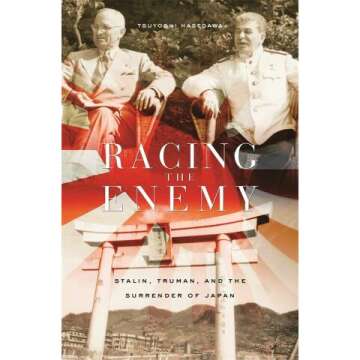Understanding the Battle of Paardeberg
The Battle of Paardeberg took place in February 1900 and marked a significant event during the Second Boer War. The conflict involved the British Empire and the two Boer republics in South Africa, namely the Transvaal and the Orange Free State. This battle was characterized by a lengthy siege, where British forces sought to subdue Boer General Piet Cronjé and his troops, which ultimately led to Cronjé's surrender.
Piet Cronjé at the Helm
General Piet Cronjé was a key figure for the Boer forces during the Second Boer War. Having gained a reputation for his tactical prowess, Cronjé commanded a group of approximately 4,000 men. Facing the significantly larger British army, he sought refuge at Paardeberg, where he believed he could resist the siege.
The Siege of Paardeberg
The siege commenced on February 18, 1900, as British forces surrounded Cronjé's position. For nearly two weeks, the Boer troops faced bombardments and supply shortages. The relentless onslaught and the depletion of resources carved away at the morale of Cronjé and his men. The British forces, under Lord Roberts, tightened the noose, applying both military pressure and psychological tactics.
The Consequences of the Surrender
On March 17, 1900, after a protracted struggle, General Piet Cronjé made the difficult decision to surrender to British forces. This event not only marked a pivotal moment in the Second Boer War but also represented a moment of despair for the Boer cause. The surrender of such a prominent leader sent shockwaves through the Boer ranks, signaling a potential shift in the war dynamics.
The Impact of Cronjé’s Surrender
Following the surrender at Paardeberg, British morale surged while the Boer forces experienced a demoralizing setback. Cronjé’s capture resulted in the British gaining over 4,000 Boer soldiers, further consolidating their control in the region. The outcome of this battle highlighted the logistical challenges faced by the Boer forces and underscored the strategic advantages of the British Army.
Aftermath for Piet Cronjé
After his surrender, General Cronjé was held as a prisoner of war. His return to public life after the war was met with a mixed reception, but he remained a notable figure in Boer history. Surrendering did not diminish his status; instead, it evoked sympathy for the struggles faced by the Boer people during the conflict.
Fun Fact
Piet Cronjé’s Interesting Fact
Despite the hardships of war, General Piet Cronjé later became a respected figure in the Boer community, influencing future generations. His resilience and dedication during the Second Boer War are often commemorated in South African history.
Additional Resources
Recommended Reading on the Battle of Paardeberg
For those wanting to delve deeper into the Battle of Paardeberg and the Second Boer War, consider reading "The Boer War: A History" by Frances Wilson or "The Great Boer War" by Arthur Conan Doyle. These texts provide insightful perspectives on the conflict and its key players.































































































































































































































































































































































































































































































































































































 Continue with Google
Continue with Google